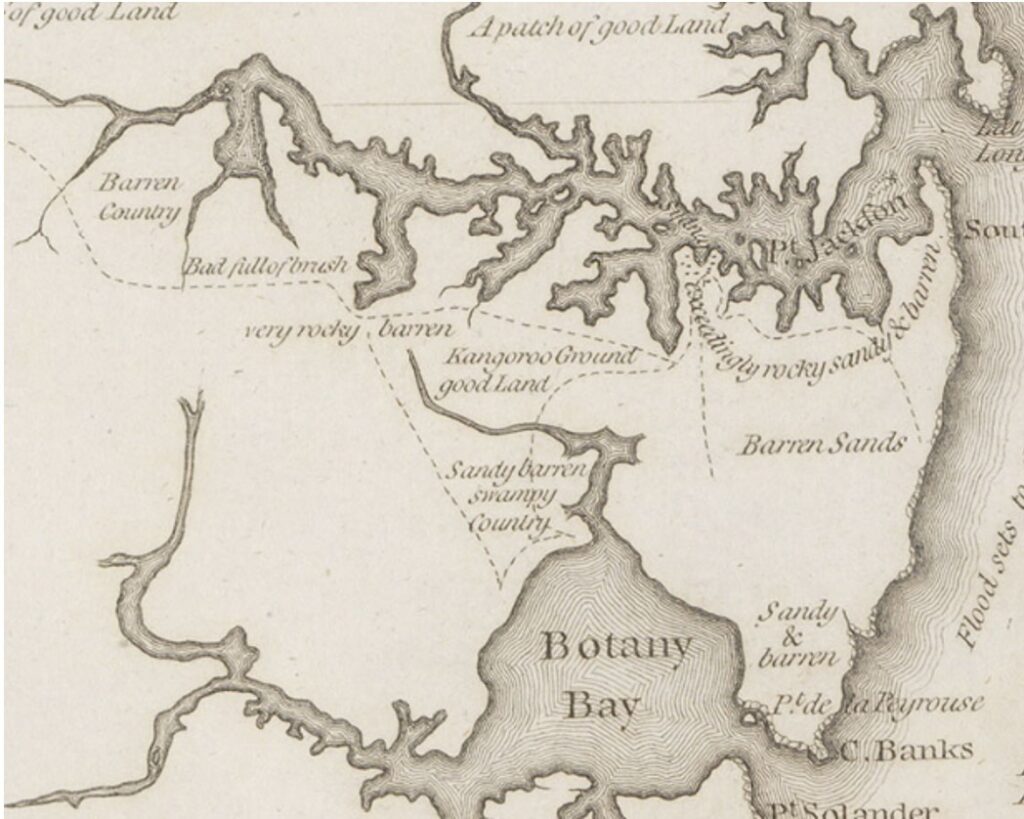Aboriginal people of the Ashfield district
The history of British colonization of the Sydney shores in 1788 is not an easy one to digest, because it is embedded in eighteenth century British cultural values. Sure, Governor Phillip tried to keep peace with the Sydney natives. He directed his fishing parties to always offer the Sydney natives ‘a part’ of the catch each day, however, let’s make no mistake, the colony was organized upon military lines of command. The settlement of Sydney was a military establishment and was organized with military style defenses.
The native Sydney warriors conducted on-going resistance warfare.
A letter to England from a female convict in late 1788 described events this way, “Notwithstanding all our presents, the savages still continue to do us all the injury they can, which makes the soldiers’ duty very hard, and much dissatisfaction among the officers. I know not how many of our people have been killed”.
The native Sydney people who occupied the land where Ashfield and Summer Hill now stands were the Wangal people. Perhaps the most famous Wangal was Bennelong, who lived as Governor Phillip’s “guest” for a time in 1789.
We think Covid-19 is bad, but the smallpox epidemic of 1789 altered the balance of power between the British and the Sydney natives. The smallpox caused great number of natives, including the Wangal people, to die painful depths.
Another contemporary of Bennelong was Nanberry, a young boy whose entire family died of smallpox. The story of how Nanberry was adopted and nurtured by the chief medical officer of the First Fleet, John White, has been wonderfully portrayed and published by Australian author Jackie French. Nanberry eventually led a life balancing both cultures.
Despite native protestations, the British pursued their goal of settlement. The Governor ordered a survey of the potential productivity of the land around Sydney. The attached map by Captain Watkin Tench (1791) shows the area around Summer Hill as the “Kangaroo Land – Good land”. It would previously have been good hunting area for the Wangal. See map from the collections of the State Library.

Anyone interested in reading more about the Aboriginal people of coastal Sydney, I recommend Hidden in Plain View by Paul Irish (2017) and the Sydney Wars by Stephen Gapps (2018).

